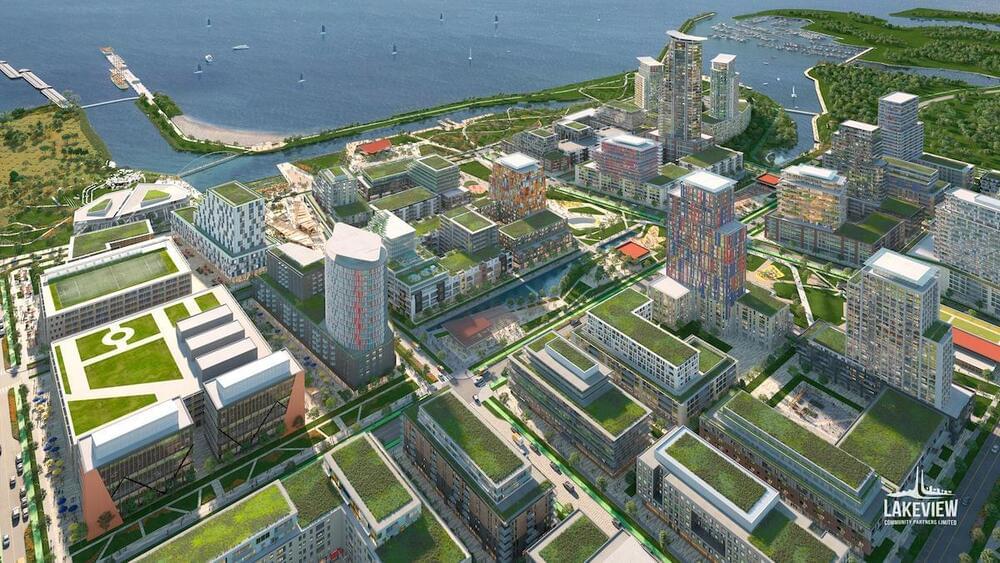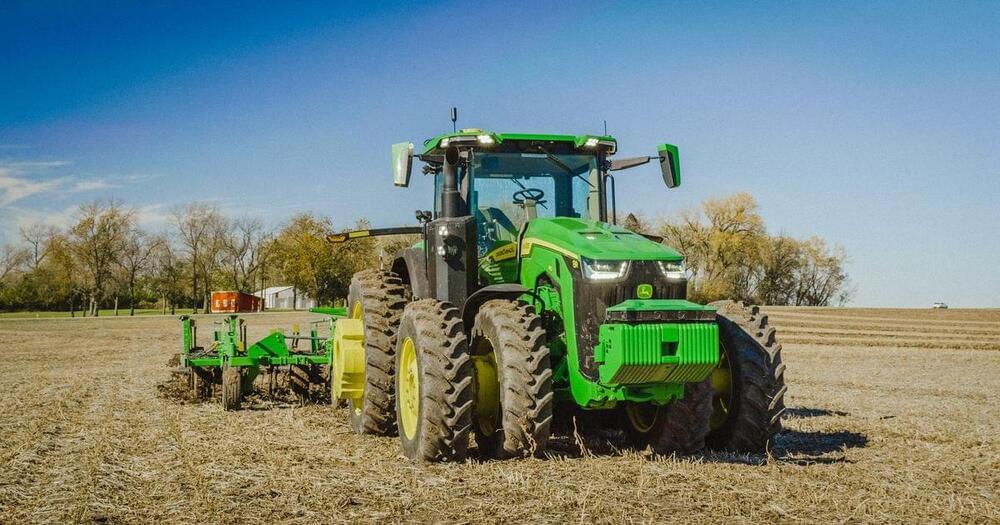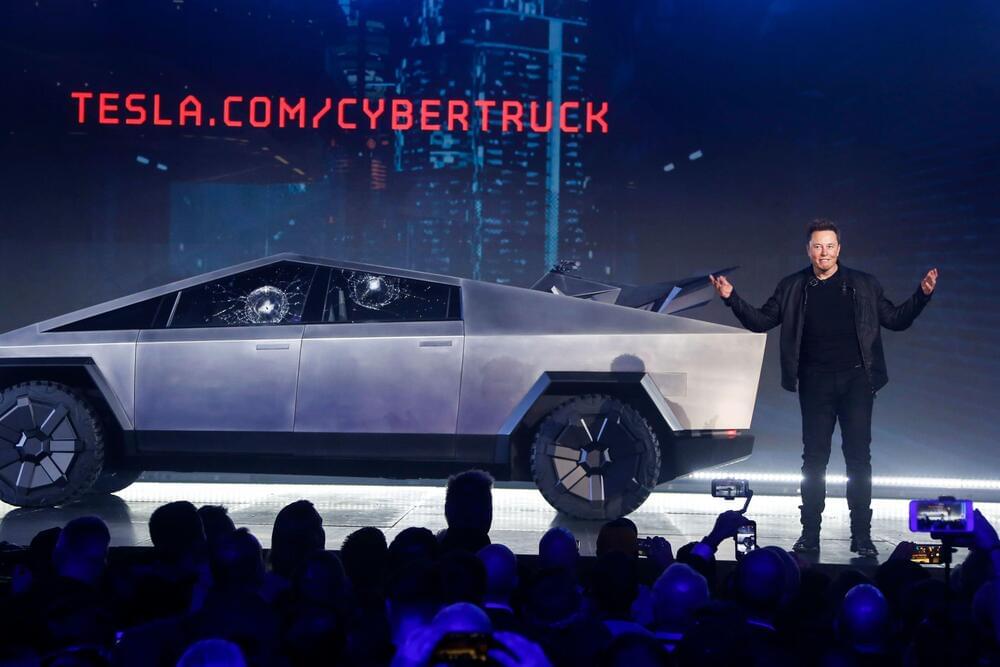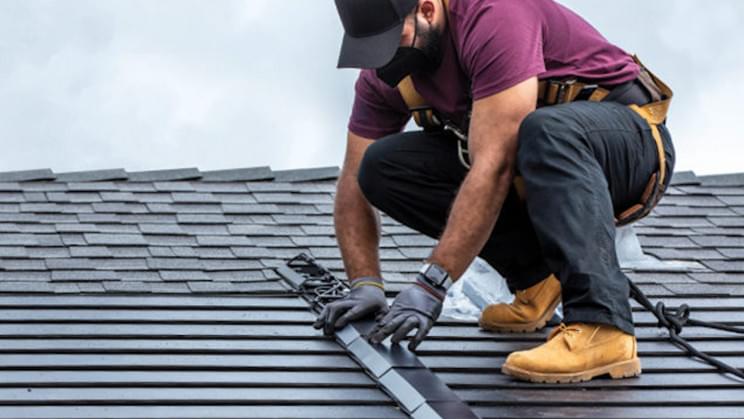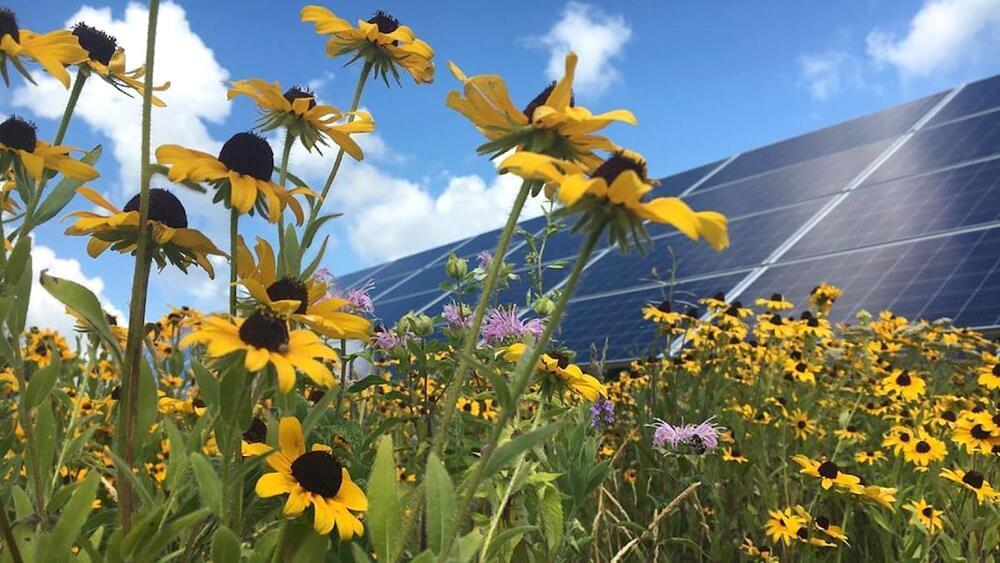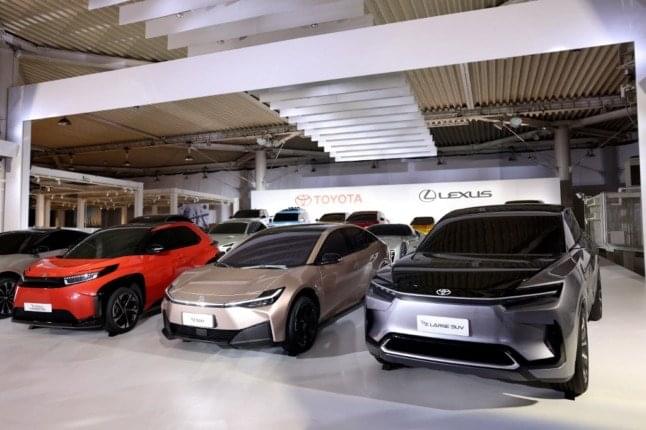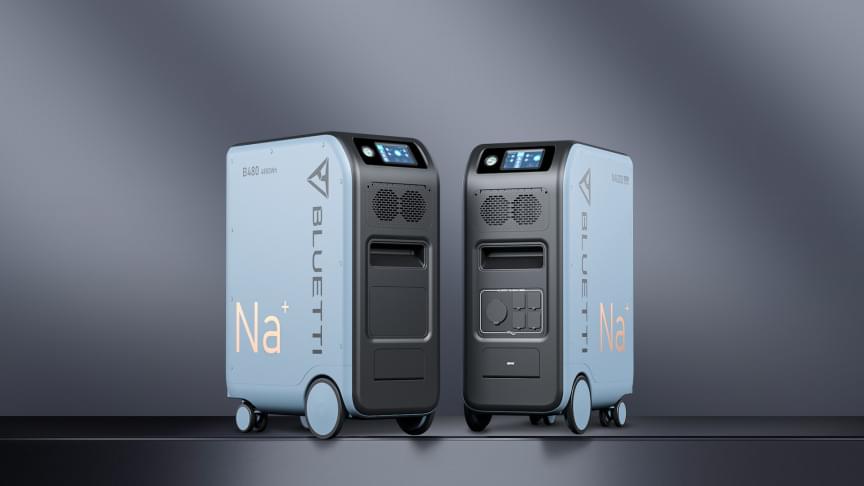It’s the first flying car firm to be granted a safety certificate in Japan.
SkyDrive, the Tokyo-based startup developing a personal eVTOL aircraft, revealed its ultra-light compact flying car, the SD-03, on the show floor at the Consumer Electronics Show (CES) this week.
That makes it the first time the company has showcased its technology outside of Japan, a symbol of the global ambitions of the firm, which aims to kickstart a flying taxi service by 2025.
A flying car built for ‘door-to-door’ transportation
**“SkyDrive’s flying car is designed to vertically take off and land with superb stability and this emission-free electric vehicle enables fast and safe door-to-door transportation anywhere, including uses for emergency rescue,” the company said in its release.
The first flying car firm to be granted a safety certificate in Japan. SkyDrive, the Tokyo-based startup developing a personal eVTOL aircraft, r.

